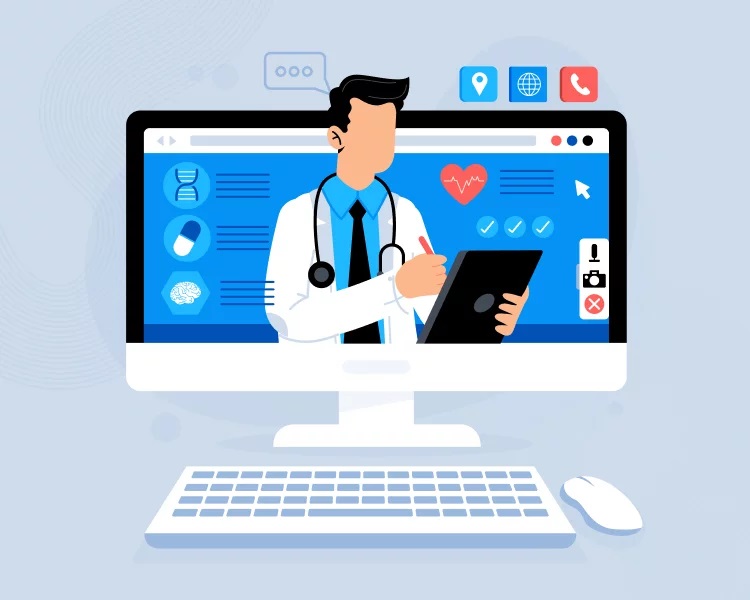The delivery of medical equipment is a critical component in healthcare services, impacting patient care, hospital efficiency, and overall healthcare outcomes. With advancements in technology and logistics, there are several innovative strategies and solutions to ensure the easy and efficient delivery of medical equipment. Here we will discuss various strategies that can be effectively implemented.
1. Leveraging Technology for Tracking and Management
One of the most significant advancements in the delivery of medical equipment is the use of technology for tracking and inventory management. RFID (Radio-Frequency Identification) and IoT (Internet of Things) technologies enable real-time tracking of equipment, providing visibility into the supply chain. This technology helps in monitoring the location, condition, and availability of equipment, ensuring timely deliveries and reducing the risk of shortages or misplacements.
2. Efficient Inventory Management Systems
An efficient inventory management system is crucial for the prompt delivery of medical equipment. By using predictive analytics and data-driven approaches, healthcare facilities can forecast demand, manage stock levels, and minimize waste. Cloud-based inventory systems allow for the integration of information across different departments and facilities, ensuring that the right equipment is available at the right time.
3. Specialized Logistic Services
Specialized logistic services that cater to the unique challenges of medical equipment delivery during umzug or move are essential. These services handle delicate equipment, maintain required conditions, and provide expedited shipments when necessary. Their expertise is particularly beneficial during the complex process of moving medical facilities.
4. Implementing Standardized Processes and Training
Standardizing delivery processes and providing comprehensive training to staff involved in the supply chain can significantly improve the delivery of medical equipment. Standard operating procedures (SOPs) should be established for handling, storage, and transportation to minimize errors and damage. Training programs for staff can ensure adherence to these SOPs and improve overall efficiency.
5. Collaboration and Communication
Effective communication and collaboration between manufacturers, suppliers, logistics providers, and healthcare facilities are vital. Regular meetings, shared platforms for communication, and collaborative planning can help align all stakeholders, ensuring a seamless supply chain. This collaboration also aids in addressing challenges promptly and efficiently.
6. Embracing Sustainability in Delivery
Sustainability in the delivery of medical equipment is becoming increasingly important. Opting for eco-friendly packaging, efficient transportation routes, and renewable energy sources can reduce the environmental impact. Additionally, reusing and recycling medical equipment where possible can contribute to sustainability efforts.
Conclusion:
The delivery of medical equipment requires a multifaceted approach, combining technology, efficient logistics, standardized processes, and strong collaboration. By adopting these strategies, healthcare facilities can ensure the timely and efficient delivery of medical equipment, ultimately leading to improved patient care and healthcare outcomes. As the healthcare industry continues to evolve, it will be essential to continue innovating and adapting these delivery methods to meet the changing needs of the sector.
